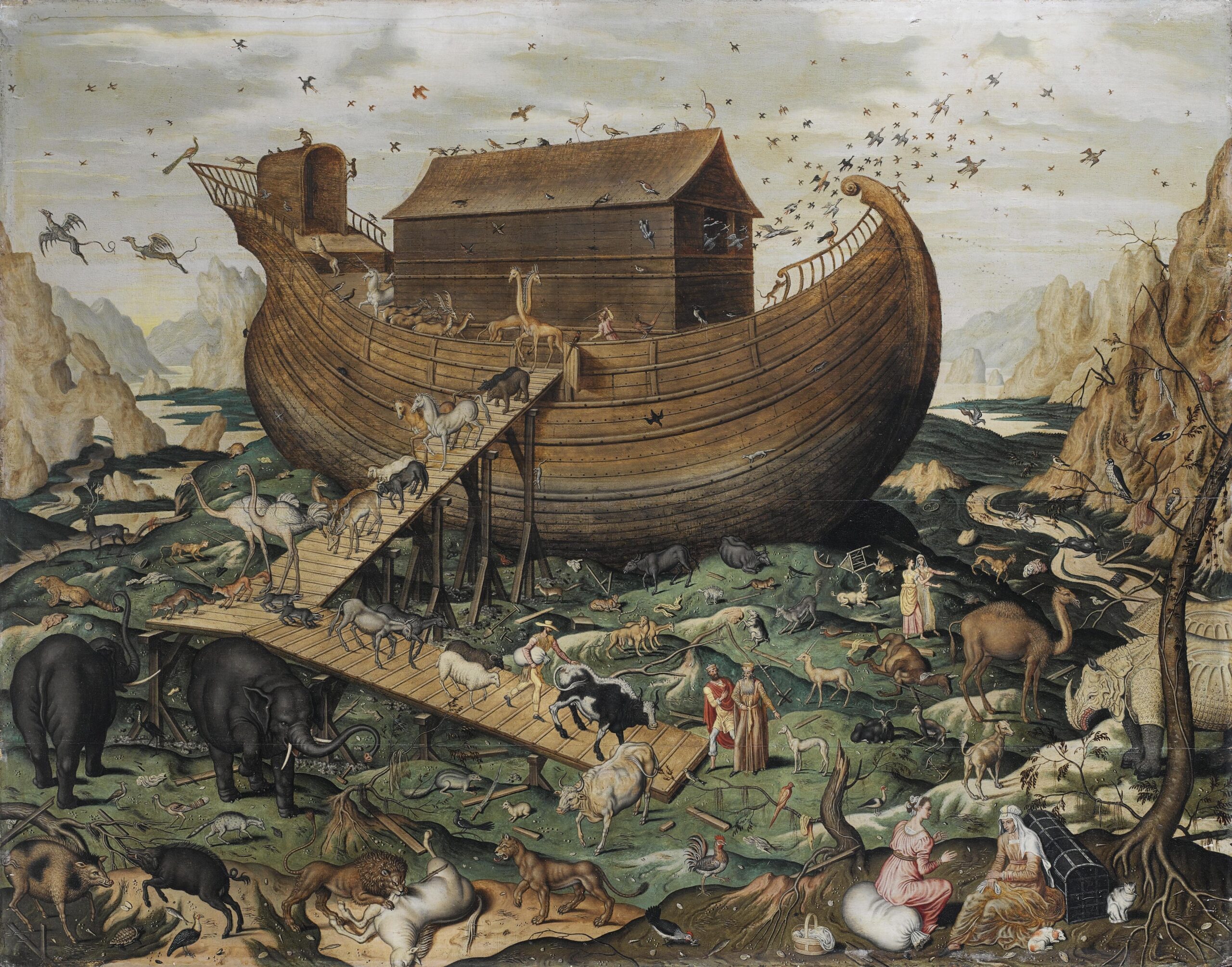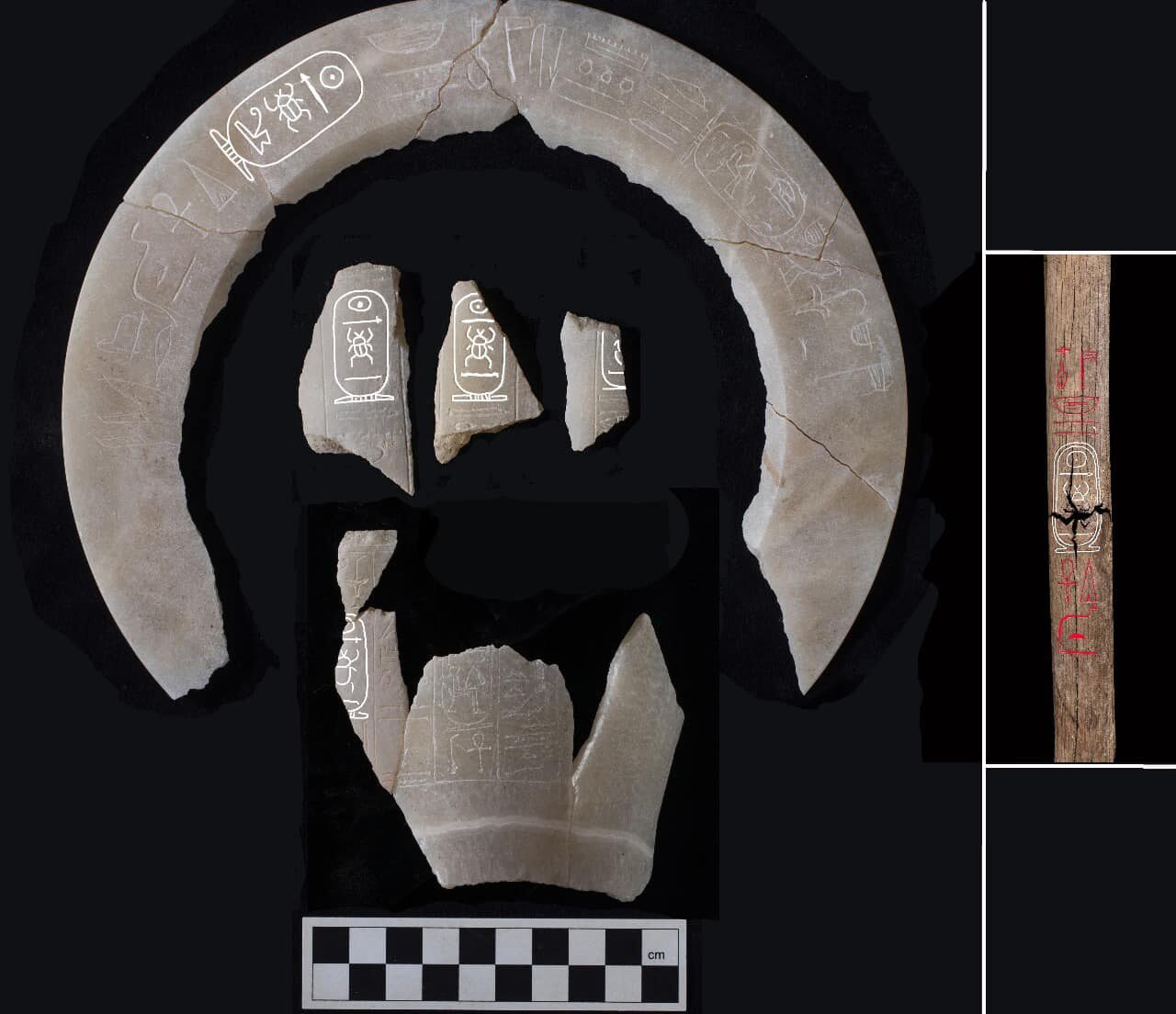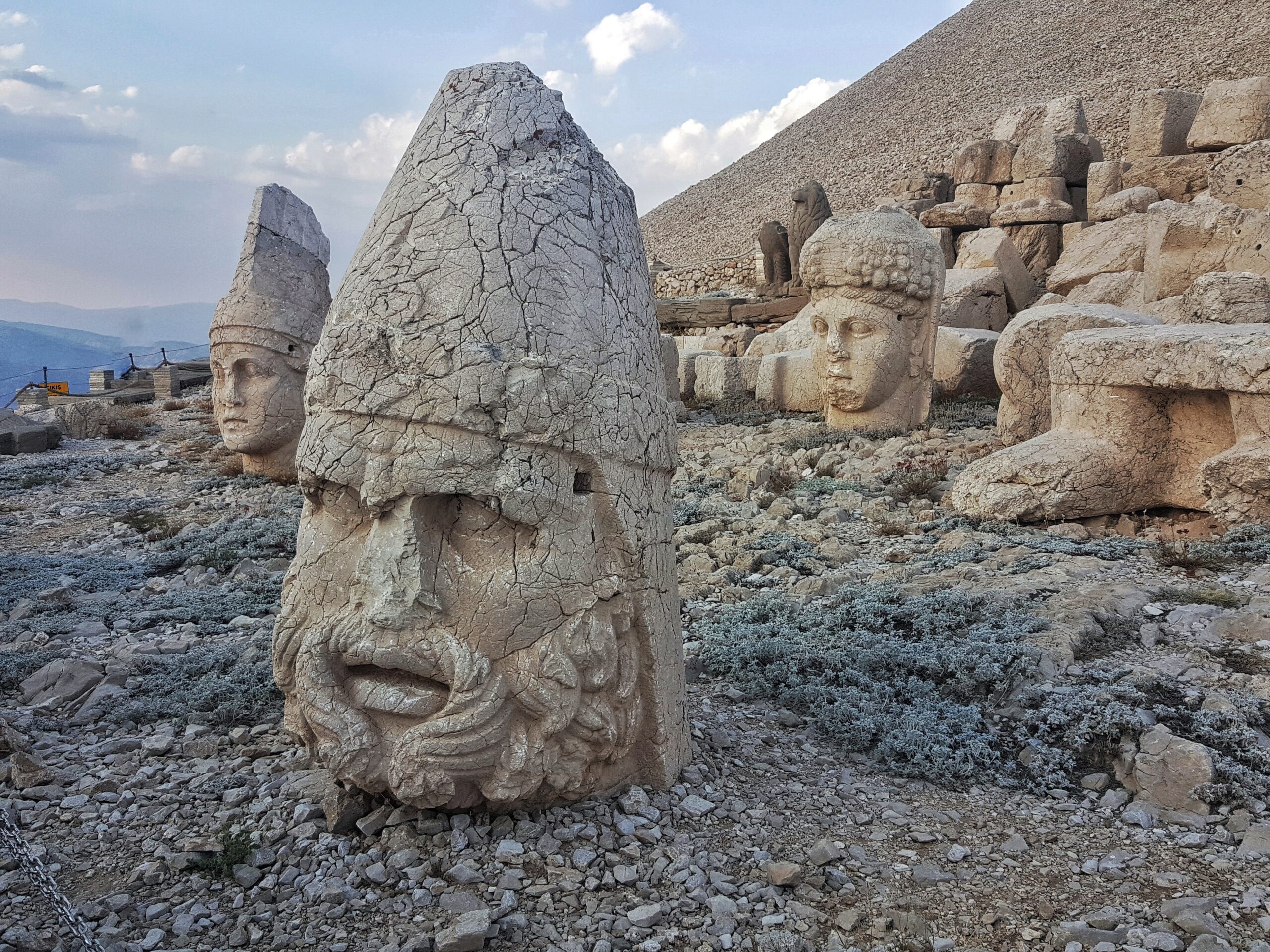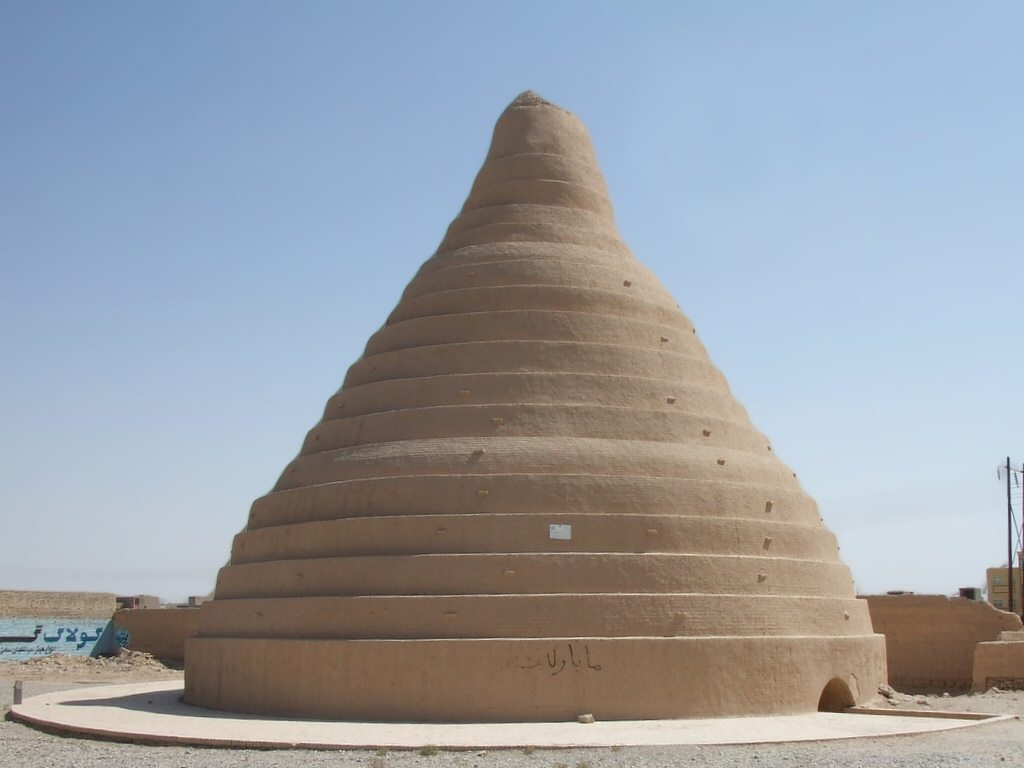
Near Lake Titicaca in Peru’s Puno region stands Aramu Muru, a striking stone structure carved into a cliff face, often called the Gate of the Gods. Discovered in 1996 AD by local guide Jose Luis Delgado Mamani, this 23-foot square slab features a T-shaped niche about 6.5 feet tall, etched into reddish granite near the Hayu Marca mountain. Since its modern rediscovery, archaeologists and visitors have puzzled over its origins, with no clear evidence dating its creation. Many attribute it to the Inca civilization, active from the 13th to 16th centuries AD, known for their masterful stonework. Yet, its purpose remains shrouded in mystery, drawing travelers and scholars alike to explore its secrets. Today, Aramu Muru offers a window into Peru’s ancient past, blending history with local tales.
Aramu Muru’s Modern Discovery
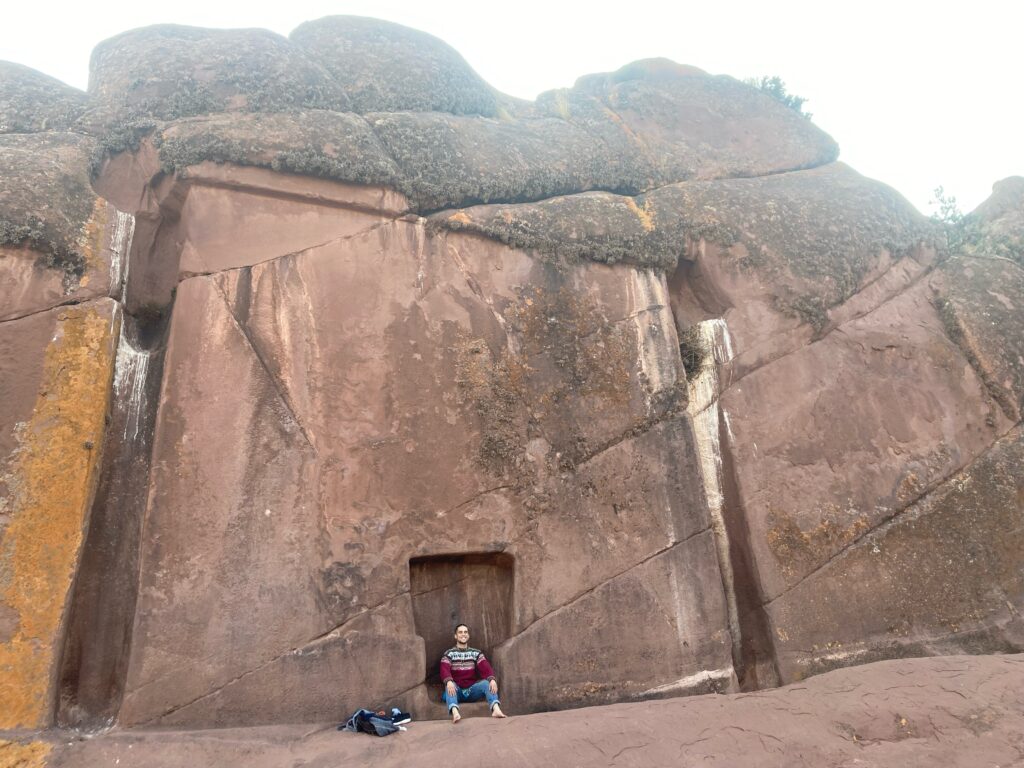
In 1996 AD, Delgado Mamani stumbled upon Aramu Muru while exploring near Lake Titicaca, a vast body of water sacred to the Inca and earlier cultures. Over time, he revealed a flat stone face, roughly 23 feet by 23 feet, with a central niche just tall enough for an adult to stand within, as noted in archaeological surveys. For centuries, this site lay hidden in plain sight, surrounded by rugged terrain that shielded it from casual notice. Could it have served a forgotten ritual purpose? Local Aymara and Quechua communities, long tied to the region, had no written records of it, though their oral traditions soon wove it into their lore. Consequently, this find sparked global curiosity about its role in Peru’s past.
Crafting an Ancient Enigma
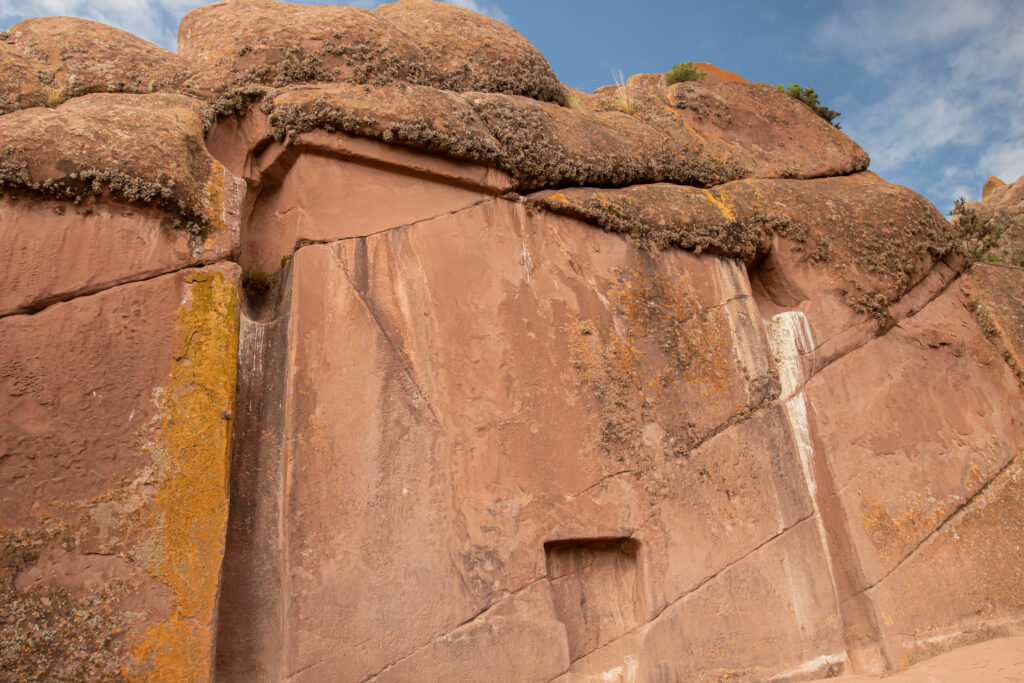
The Inca likely shaped Aramu Muru using techniques honed over generations, carving the reddish granite with precision that still impresses modern observers. Around the 13th to 16th centuries AD, they mastered stonework without iron tools, as seen in sites like Machu Picchu, per studies from the National University of San Marcos. Unlike those grand complexes, Aramu Muru stands alone, its T-shaped niche suggesting an unfinished project or a deliberate design. Some experts, like anthropologist Charles Stanish, propose it predates the Inca, possibly linked to earlier cultures near Lake Titicaca. Meanwhile, its symmetry and durability hint at a skilled hand. For now, the lack of tools or debris nearby keeps its construction story elusive.
Legends of the Gate
Local tales call Aramu Muru the Gate of the Gods, with one legend claiming an Inca priest named Aramu Muru fled Spanish conquistadors in the 16th century AD, using a golden disk to open it as a portal to safety. Since then, Aymara and Quechua stories have painted it as a spiritual threshold, possibly for rituals or offerings, though no artifacts confirm this. Visitors often report a calming energy, with some placing their foreheads in the niche to feel its pull, per travel accounts. Could it have marked a sacred site for ancient pilgrims? Alternatively, its isolation suggests a quieter purpose, lost to time. Thus, these narratives add depth to its mystery without firm proof.
A Portal to Peru’s Past
Now a draw for tourists near Puno, Aramu Muru stands as a testament to ancient ingenuity, its cliffside form resisting centuries of wind and rain. Beyond its physical presence, it inspires questions about Peru’s pre-Columbian cultures, from the Inca to earlier peoples like the Tiwanaku. Since 1996 AD, researchers have probed its context, yet its true function eludes them, per ongoing studies from Peruvian institutions. Ultimately, this stone enigma invites exploration, blending history with a whisper of the unknown that keeps visitors coming back.




